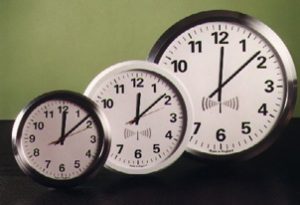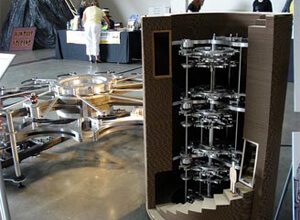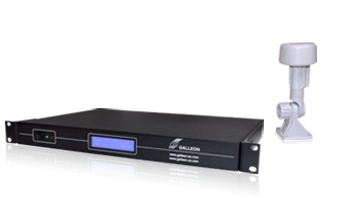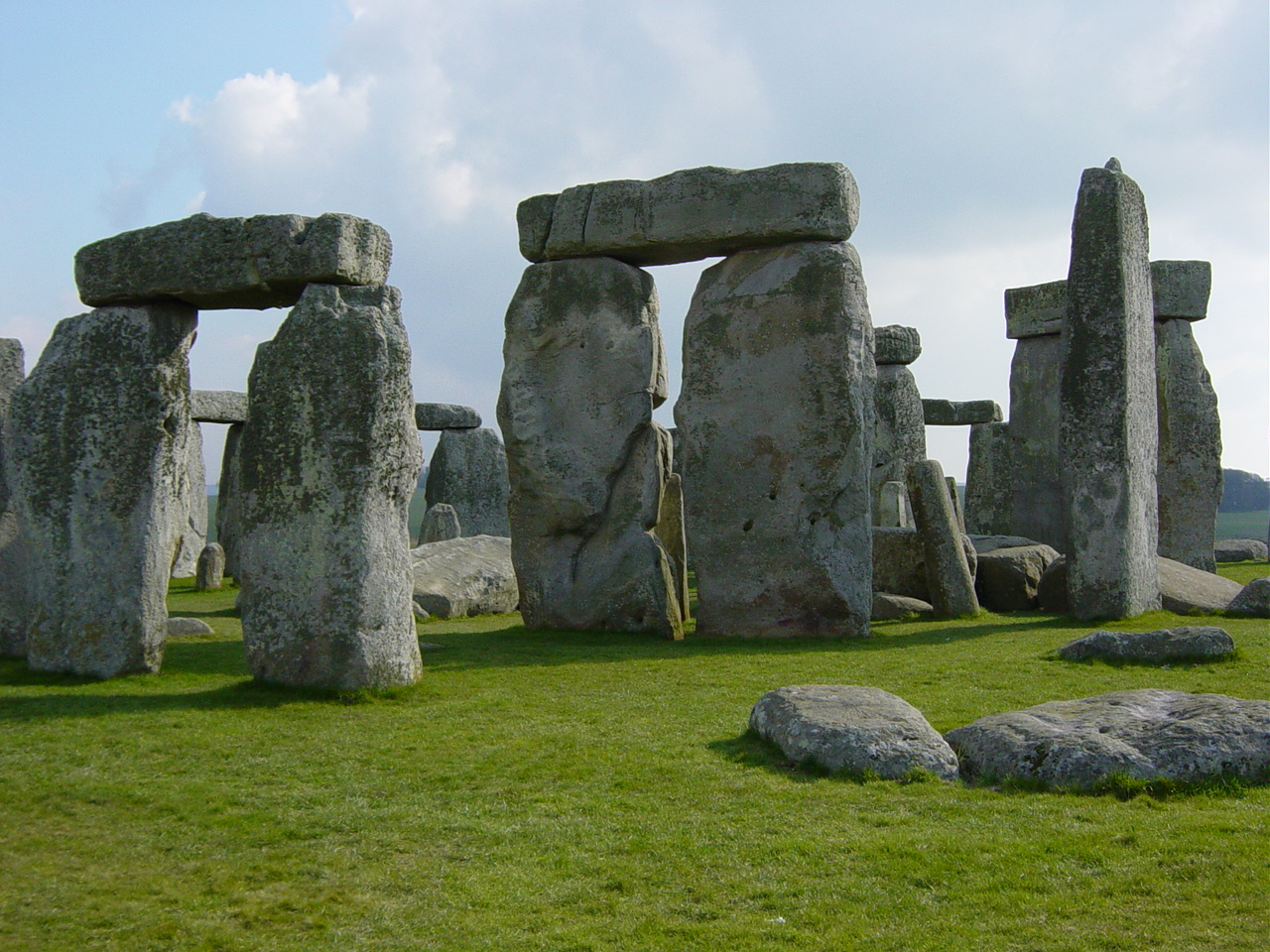75 Years of the Speaking Clock
| By Richard N Williams
Britain’s speaking clock celebrates its 75th birthday this week, with the service still providing the time to over 30 million callers a year.
 The service, available by dialling 123 on any BT landline (British Telecom), began in 1936 when the General Post Office (GPO) controlled the telephone network. Back then, most people used mechanical clocks, which were prone to drift. Today, despite the prevalence of digital clocks, mobile phones, computers and a myriad number of other devices, the BT speaking clock still provides the time to 30 million callers a year, and other networks implement their own speaking clock systems.
The service, available by dialling 123 on any BT landline (British Telecom), began in 1936 when the General Post Office (GPO) controlled the telephone network. Back then, most people used mechanical clocks, which were prone to drift. Today, despite the prevalence of digital clocks, mobile phones, computers and a myriad number of other devices, the BT speaking clock still provides the time to 30 million callers a year, and other networks implement their own speaking clock systems.
Much of the speaking clock’s continuing success is perhaps down to the accuracy that it keeps. The modern speaking clock is accurate to five milliseconds (5/1000ths of a second), and kept precise by the atomic clock signals provided by NPL (National Physical Laboratory) and the GPS network.
But the announcer declaring the time ‘after the third stroke’ provides people with a human voice, something other time-telling methods don’t provide, and may have something to do with why so many people still use it.
Four people have had the honour of providing the voice for the speaking clock; the current voice of the BT clock is Sara Mendes da Costa, who has provided the voice since 2007.
Of course, many modern technologies require an accurate source of time. Computer networks that need to keep synchronised, for security reasons and to prevent of errors, require a source of atomic clock time.
Network time servers, commonly called NTP servers after Network Time Protocol that distributes the time across the computers on a network, use either GPS signals, which contain atomic clock time signals, or by radio signals broadcast by places like NPL and NIST (National Institute for Standards and Time) in the US.
 Consisting of a 300kg gear wheel and a 140kg steel pendulum, the clock will tick every ten seconds and will feature a chime system that will allow 3.65 million unique chime variations—enough for 10,000 years of use.
Consisting of a 300kg gear wheel and a 140kg steel pendulum, the clock will tick every ten seconds and will feature a chime system that will allow 3.65 million unique chime variations—enough for 10,000 years of use.



